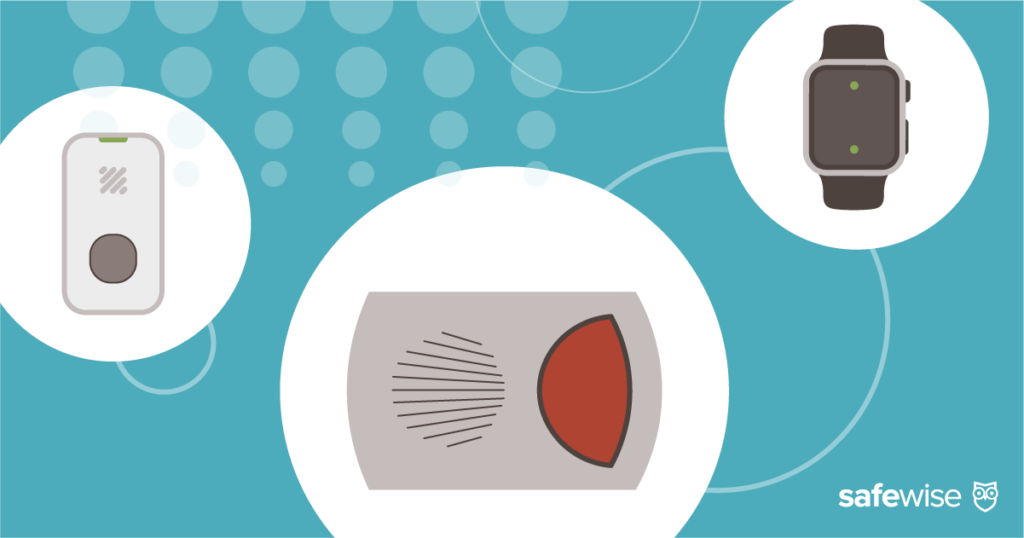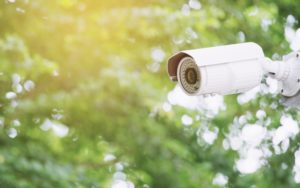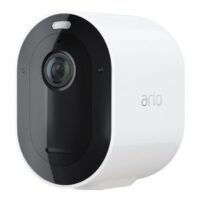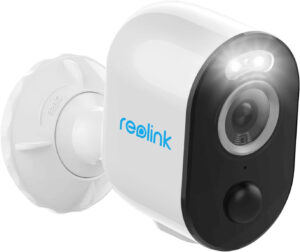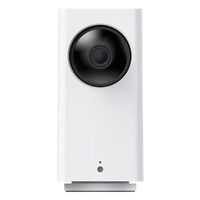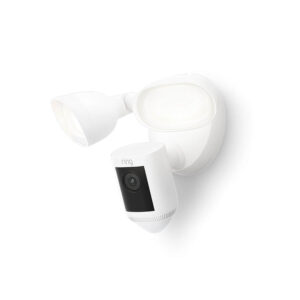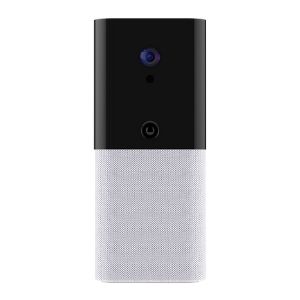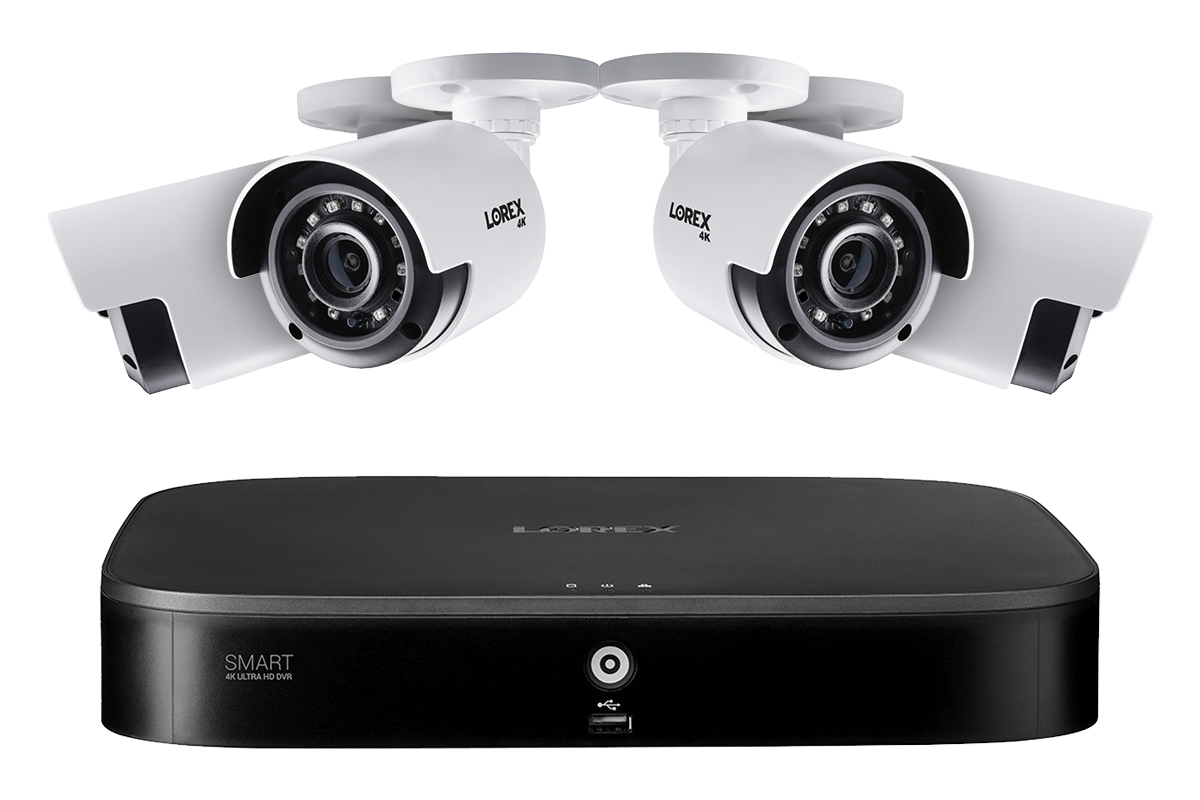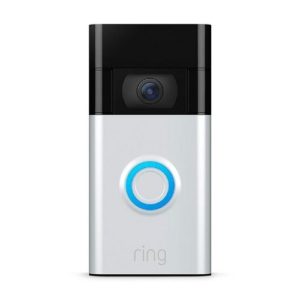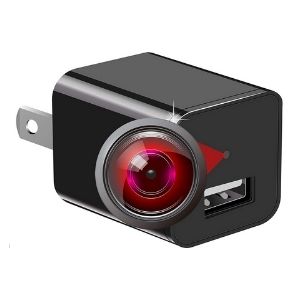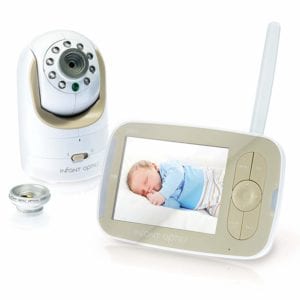We think that home security cameras are the perfect way to dip your toes into home security. They provide a window into what happens around the house without committing to pricier home security monitoring. We created this beginner's guide to help you learn about specs and features common in all of the best home security cameras.
Beginner’s Guide to Security Cameras
For over 11 years, SafeWise experts have conducted independent research and testing to create unbiased, human reviews. Learn how we test and review.
How wireless security cameras work
Subscribe to our Youtube channel, and learn how to protect your home, loved ones, and belongings.
Types of security cameras
Security cameras are a diverse lot, and while you can use most types interchangeably—outdoor cameras work just as well indoors—it helps to know the main purpose and various names of each type. We also included links to our various camera reviews as examples of what to expect with each type.
Wireless camera (IP camera)
Wireless cameras refer to the Wi-Fi connection they use to communicate with a mobile app. You can buy a typical IP camera in wired and battery-powered configurations, though we suppose a true wireless security camera shuns cords altogether.
Outdoor camera
Outdoor cameras come with weatherproofing that gives them better resistance against moisture and extreme temperatures, which break unprotected security cameras. Learn more about the differences between indoor and outdoor cameras.
Solar-powered camera
Solar-powered cameras are generally the same models as most wireless outdoor cameras but with an optional solar panel accessory for charging the battery.
PTZ camera (dome camera)
Pan-tilt-zoom (PTZ) cameras (like the Wyze Cam Pan) have built-in motors so you can use an app to adjust the direction the camera points in. These indoor cameras are useful for rooms with subjects on opposite sides and for reducing the number of cameras you need.
Floodlight camera
Floodlight cameras (like the Ring Floodlight Cam) are like the motion sensor lights you see on many homes but with a built-in surveillance camera to capture video footage. These cameras wire directly into an electrical junction box, making them more challenging to install than typical USB-powered units. If you're comfortable with minor electrical work, you should be able to manage.
All-in-one camera
All-in-one cameras (like the Abode Iota) combine a security camera with other sensors to form a compact security system. Unlike typical home security cameras, most all-in-ones can link to external security sensors to expand detection beyond a single room.
Multi-camera surveillance system (CCTV system)
Multi-camera surveillance systems connect several wired cameras to an NVR or DVR for easy video recording and management. Unless you spend extra on wire-free models, these cameras use video or Ethernet cables to connect to the DVR, which increases installation time and complexity. You may want to bring in the pros for this installation.
Video doorbell (doorbell camera)
Video doorbells replace your home's doorbell with a wide-angle security camera that connects you to visitors through two-way audio. They also provide extra defense against intruders and porch pirates by watching over your front porch and yard.
Hidden camera
Hidden cameras rely on small sizes and disguises to record covert video in places where a visible security camera is vulnerable to interference by a burglar. These inconspicuous indoor security cameras aren't for spying on people, which is usually a violation of privacy and wiretapping laws.
Baby monitor
Baby monitors are mainly for caretakers watching over young children in different parts of the house through a dedicated video monitor. These cameras can work for home security, but it's not usually the primary goal. We recommend a pan-tilt or indoor camera for folks who don’t want a dedicated baby monitor. See our nanny cams review for more info.
You can expect to pay around $130 on average for most security cameras, or roughly $16–$300 per unit. Learn more about security camera cost and installation.
Why video matters in home security
Video falls under one of our most crucial Ds of home security: Document. This is tangible evidence of the goings-on at home, like a thief grabbing your Amazon package or an intruder trying to open a window. The quality and quantity of video play a role in how effective a security camera is.
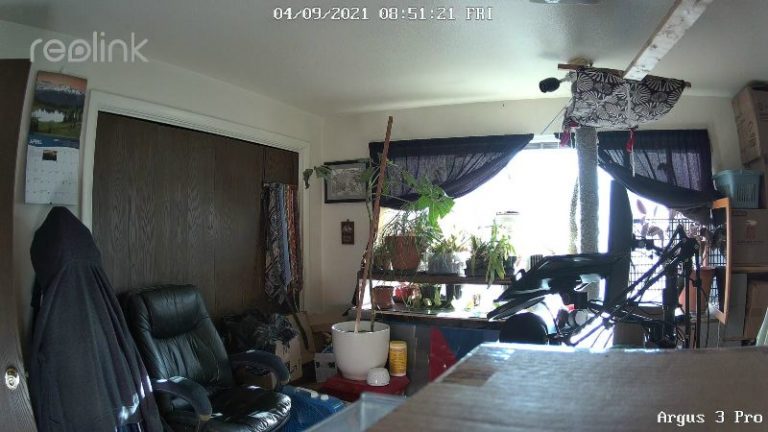
Daytime video on the Reolink Argus 3 Pro
Image: John Carlsen, SafeWise
Video quality
Security cameras rely on HD video to provide enough detail to help you identify people on camera. A camera's resolution, night vision, and field of view have the biggest influence on overall video quality.
Resolution
It's standard practice for most security cameras to provide at least 1080p video, so you shouldn't accept anything less. If you have the budget, you can upgrade to a 4K (2160p) camera, but this uses up storage and wireless bandwidth a lot faster. A happy medium is 2K (1440p) video, which adds more detail without tearing through video storage and bandwidth as quickly.
Learn more in our HD security cameras review.
Night vision
You'll find infrared night vision on most home security cameras, but the quality often depends on the camera's image sensor. Infrared nighttime video typically has less detail than daytime video, most notably the lack of color. It's increasingly common to find cameras with color infrared video or a spotlight that allows for colorful videos.
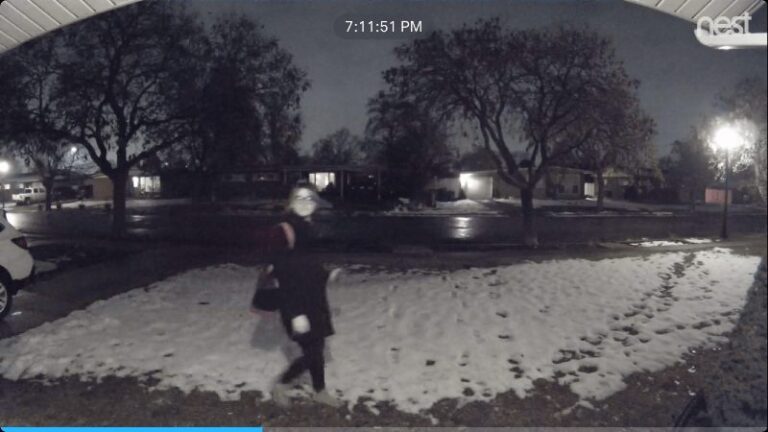
Nighttime video on the Nest Cam IQ Outdoor
Image: Celeste Tholen, SafeWise
Field of view
Another major factor in video quality is the camera's field of view—the amount of area it can see through its lens. A wide field of view between 130º and 180º works best for outdoor settings with no walls blocking your view. A narrow field of view, about 70º to 130º, is a good fit for rooms indoors.

This is an example of Arlo's cloud storage.
Image: John Carlsen, SafeWise
Video quantity
You need storage for a security camera to help you monitor your home and capture video evidence effectively—it's nothing more than a glorified webcam without storage.
Local storage
Gone are the days of security cameras storing security footage on VHS tapes. The humble microSD card calls the shots now. Buying a microSD card provides loads of video clips or continuous video recording for a bargain. Local storage can also save on internet bandwidth if you have a data cap.
The camera saves footage until the card fills up, and you can choose whether it deletes old videos or stops recording. You can also find local storage via a hard drive on a CCTV camera system DVR (or NVR) and a USB stick on a wireless camera using a base station (like Arlo Ultra 2).
Cloud storage
Not all camera brands support local storage (it's more profitable to sell you a monthly subscription to keep your video online on a corporate server). But it's not without perks. Cloud storage doesn't disappear if someone runs off with your camera and often comes with advanced features like better notifications and emergency response services.
Most cloud storage costs less than a Netflix subscription, but you'll find the best deals on plans that allow for unlimited cameras for $10 a month or less. Videos on a cloud server expire after a while, usually 14 to 60 days, so you need to download anything you want to save permanently.
Important security camera features
You'll find a lot of valuable features in security cameras beyond video, though most of these serve to improve the overall video experience.
Mobile apps
Practically all modern home security cameras come with a free mobile app. You can use an app to set up the camera, watch live video footage, and speak with guests via two-way audio. Mobile apps are also your main method for connecting security cameras to other smart home devices.
Although apps are free to download, you may need a subscription to unlock features like cloud storage, enhanced notifications, and smart detection of people, animals, and vehicles.
Two-way audio
Adding a built-in speaker to a security camera turns it into an intercom that pairs with your mobile device. You can use it to speak with people on the other end and deter trespassers.
Most security cameras have two-way audio so you're the one starting a conversation. Still, video doorbells flip the script by allowing visitors to catch your attention when they push a button. (You don't find two-way audio in a typical security camera system using a DVR.)
Learn more in our guide to security camera audio.
Motion detection
Security footage takes up a lot of memory, so most wireless cameras opt for short video clips instead of continuous video recording. That way, it shows you the highlights of the camera's day and saves you from manually sorting through long, empty videos.
You can adjust the motion detection sensitivity on most cameras to keep notifications from constantly interrupting you. But many cameras also use motion zones to limit where the camera looks for movement. It's even common to have cameras alert you to specific events through person, animal, vehicle, sound, and package detection.
Learn more in our review of motion sensor security cameras.
Security camera installation
The type of home security camera influences where you can install it, so it's good to think about potential installation spots before buying. While you can expect to DIY install most security cameras, professional installation is available for around $50–$100 per camera or as part of a professional security system installation.
Indoor placement
A typical indoor camera works well when resting above a power outlet on a wall or high shelf. If you care about power cables attracting curious fingers or messing with your decor, it's easy to hide them behind tall furniture and wall hangings. Most power cables are white so they blend in with walls.
Placing fixed-view cameras in a corner or a room's narrowest side maximizes the field of view as long as there aren't other obstructions. PTZ cameras work best on a wall or ceiling in large rooms where there's a clear line of sight to the subjects you want to monitor.
Battery-powered wireless cameras are easier to install since they don't need a power cord. Try installing in a spot where you can easily take them down to recharge or replace batteries using a step stool. Placing them too low could affect the field of view and put them in reach of intruders looking to eliminate evidence.
Outdoor placement
With outdoor cameras, be mindful of the closest power outlet (indoors and out) if there's a power cord. Cameras with a wide field of view work well on the front and back of your house, but try to minimize how much they can see on neighboring properties. (There's usually more flexibility for recording public streets next to your home.)
Although outdoor cameras offer weather resistance, it's a good idea to place them under an eave or overhang to help keep the lens clear of dirt and water droplets that rain and snow can leave behind. Outdoor cameras work best when there's no direct sun, which can cause overheating or blinding glare during certain times of the day.
Related articles on SafeWise
Product prices and availability are accurate as of the date/time indicated and are subject to change. Any price and availability information displayed on Amazon at the time of purchase will apply to the purchase of this product. Safewise.com utilizes paid Amazon links.
Certain content that appears on this site comes from Amazon. This content is provided “as is” and is subject to change or removal at any time.
Recent Articles


